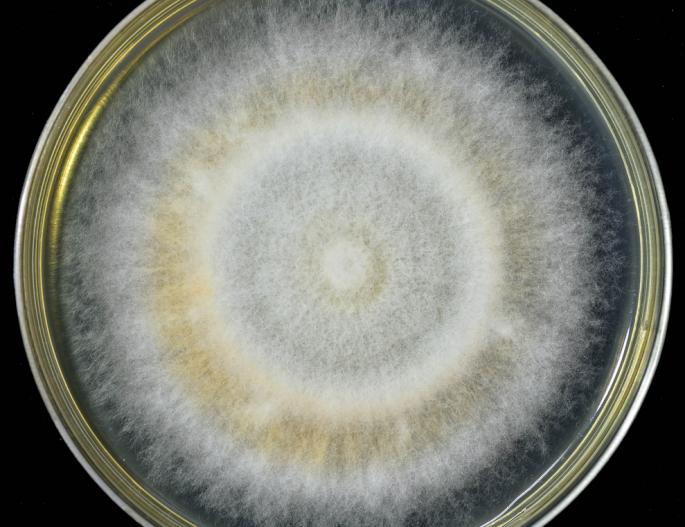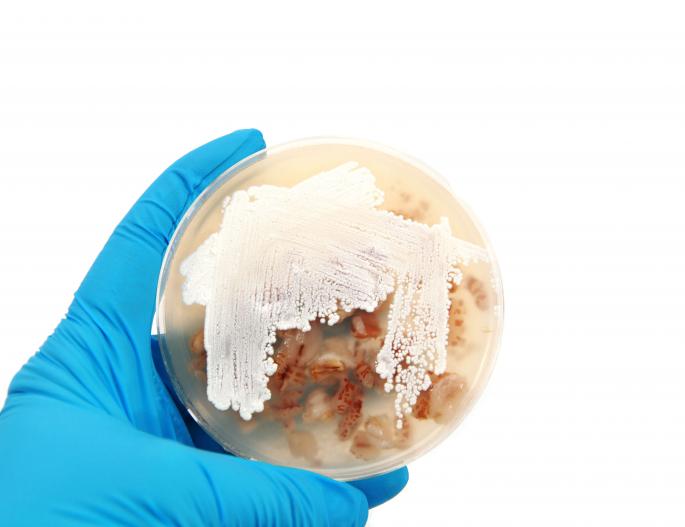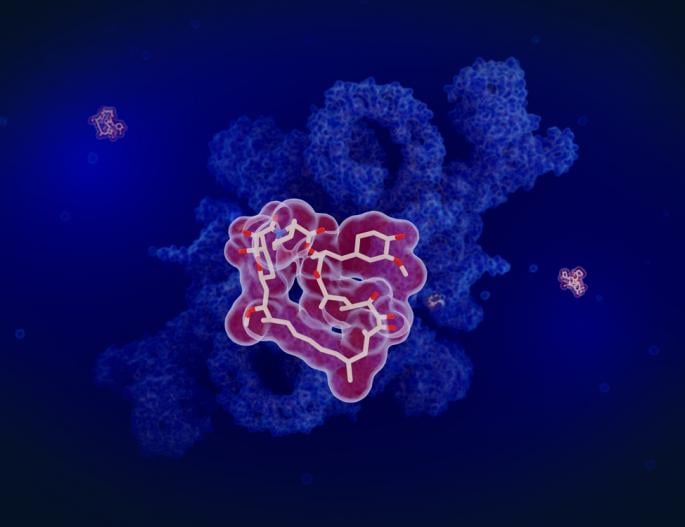Blog
A Critical Look at the Impact of Fumonisin B1, Fumonisin B2 and Fumonisin B3 on Health and Agriculture
Fumonisin B1, Fumonisin B2 and Fumonisin B3 are water-soluble mycotoxins produced by Fusarium verticillioides, Fusarium proliferatum and a few other Fusarium species. Fumonisins are found worldwide in crops such as corn (maize) and other cereals, posing significant health risks to…
Puromycin - activity and toxicity
Puromycin is an amino nucleoside antibiotic obtained from the bacterium Streptomyces alboniger. It inhibits protein synthesis by interrupting peptidyl transfer on both prokaryotic and eukaryotic ribosomes thereby causing premature chain termination of peptides during translation…
Mycotoxins - The health risks of fungi
Mycotoxins are secondary metabolites produced by filamentous microfungi (molds) that are capable of causing disease and death in humans and other animals. These fungi are referred to as “toxigenic” fungi. Because of their pharmacological activity, some mycotoxins or mycotoxin…
Oligomycin Complex – A Mitochondrial Specific Reagent
Oligomycins are macrolides created by the Streptomyces species that act as strong antibacterial agents, but are often poisonous to other organisms, including humans. They serve as a classical mitochondrial reagent that binds to the Fo subunit of the Fo/F1 ATPase (ATP…
Actinomycin D and its semisynthetic derivative 7-Amino-Actinomycin D (7-AAD)
Actinomycin D (Act D) is a natural chemopeptide which is isolated from the bacteria Streptomyces. Amongst Streptomyces bacteria, Streptomyces parvulus (Streptomyces SP) produces Actinomycin D with the highest antibiotic activities. It is also known as Dactinomycin or Actinomycin C1.…






